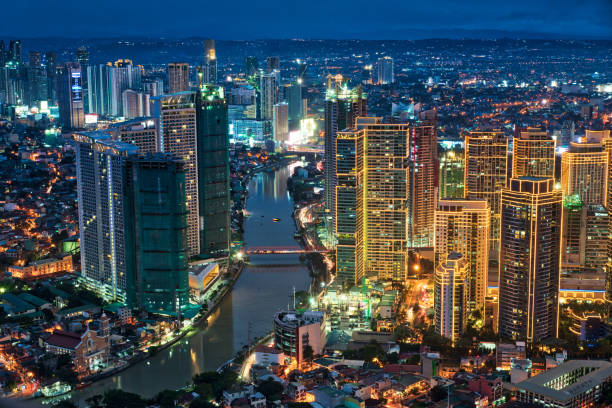The Closure of the Metro Manila Line
The closure of the Metro Manila Line of the Philippine National Railways (PNR) for a period of five years may seem like a significant inconvenience to commuters, but according to PNR Chairman Michael Ted Macapagal, it is a necessary sacrifice for progress and success. Macapagal emphasized that this closure is a crucial step towards achieving the modernization of the country’s transport system.
The Importance of Sacrifice for Progress
During the weekly Kapihan sa Manila Hotel, Macapagal highlighted the importance of sacrifice in achieving long-term benefits. He stated, “Sacrifice is necessary for progress and success, and this is what is needed for us to achieve the modernization of our transport system.” While this closure may cause temporary disruptions, it is a crucial measure that will ultimately lead to a more efficient and reliable railway system in Metro Manila.
Expedited Construction of the North-South Commuter Railway
The closure of the Metro Manila Line is intended to expedite the construction of the 147-kilometer North-South Commuter Railway (NSCR) in Metro Manila. By temporarily suspending the operations of the existing line, the completion of the NSCR can be accelerated by eight months. This not only saves time but also reduces the expenses incurred by the government. Macapagal revealed that this move will save the government approximately P15.18 million in expenses.
The Vision for the NSCR
Macapagal drew attention to the correlation between efficient railway systems and thriving economies in other countries. He expressed his vision for the NSCR, stating, “Countries with an existing and efficient railway system all have thriving economies. And this is our vision with the NSCR.” The development of a modern and reliable railway system is crucial for the economic growth and progress of Metro Manila.
Mitigating Inconveniences and Transportation Options
To mitigate the inconvenience caused by the closure of the Metro Manila Line, alternative bus routes will be created for affected commuters. Macapagal assured the public that measures are being taken to ensure that transportation options are available and accessible during this period. While the closure may disrupt the daily routines of commuters, the long-term benefits of an improved railway system outweigh the temporary inconveniences.
Environmental Sustainability and Job Creation
The NSCR project not only promises economic benefits but also aims to contribute to environmental sustainability. Macapagal emphasized that the completion of the NSCR will lead to a shift from diesel locomotive trains to electric trains, which are more environmentally friendly. This transition aligns with global efforts to reduce carbon emissions and promote sustainable transportation systems. Additionally, Macapagal mentioned the possibility of exploring solar-powered trains in the future, further demonstrating the commitment to environmentally sustainable solutions.
In addition to the environmental impact, the NSCR project is expected to generate approximately 5,000 jobs. This infusion of employment opportunities will not only benefit individuals but also contribute to the overall growth of the economy. The creation of growth areas along the NSCR route will stimulate economic activity and foster development in previously underserved regions.
Improving the Transportation Network
Moreover, the closure of the Metro Manila Line provides an opportunity to improve the overall transportation network in the city. With the focus on alternative bus routes during the closure, the government can assess the efficiency and effectiveness of these routes and make necessary improvements. This could lead to the development of a more integrated and interconnected public transportation system, benefiting not only commuters but also the overall urban planning and development of Metro Manila.
Additionally, the closure of the Metro Manila Line can serve as a catalyst for the development of other modes of transportation in the city. With the temporary absence of train services, commuters may be more inclined to explore other options such as cycling or walking. This could encourage the government to invest in infrastructure and facilities that support these alternative modes of transportation, promoting a healthier and more sustainable lifestyle for the residents of Metro Manila.
A Brighter Future for Metro Manila
In conclusion, while the closure of the Metro Manila Line may cause temporary inconveniences, it presents an opportunity for progress and improvement. By expediting the completion of the NSCR, addressing infrastructure issues, and enhancing the overall transportation network, Metro Manila can achieve a modern and efficient transport system that benefits its residents, economy, and environment. The closure is a necessary sacrifice for long-term success and a step towards a brighter future for the city.







